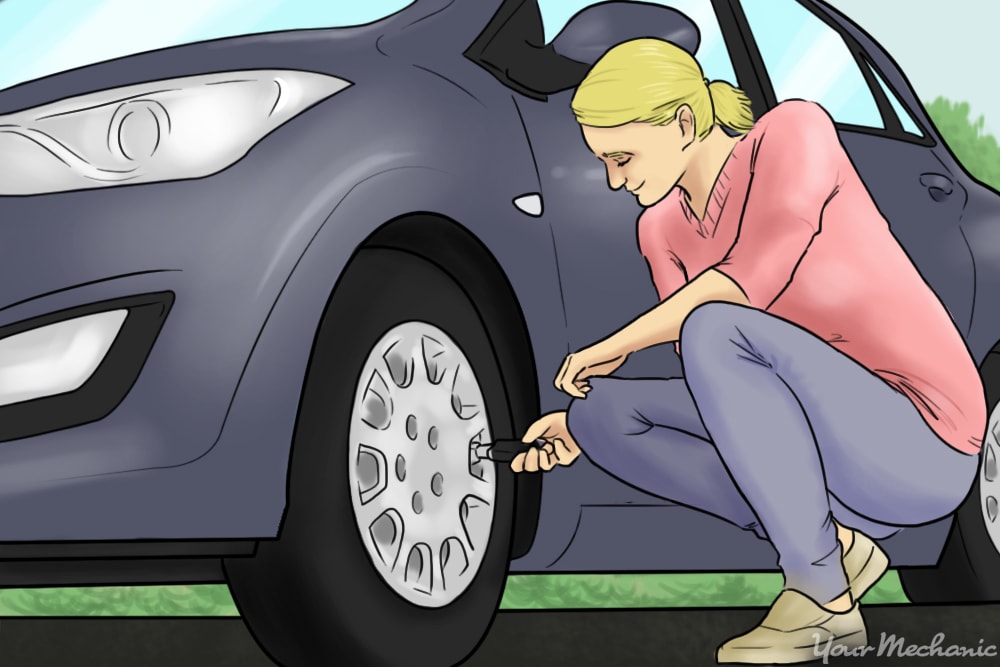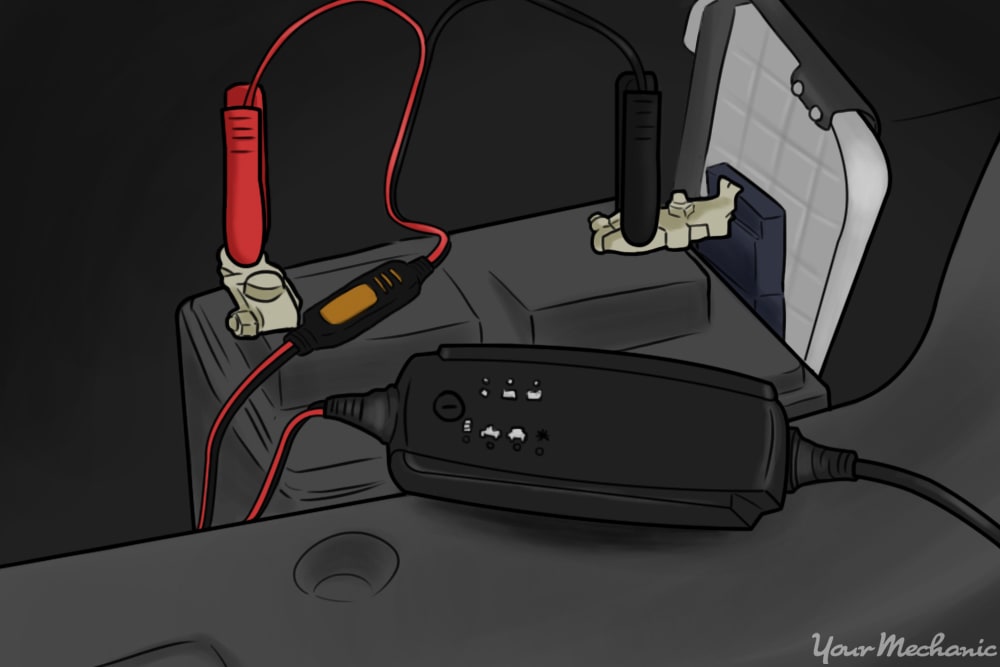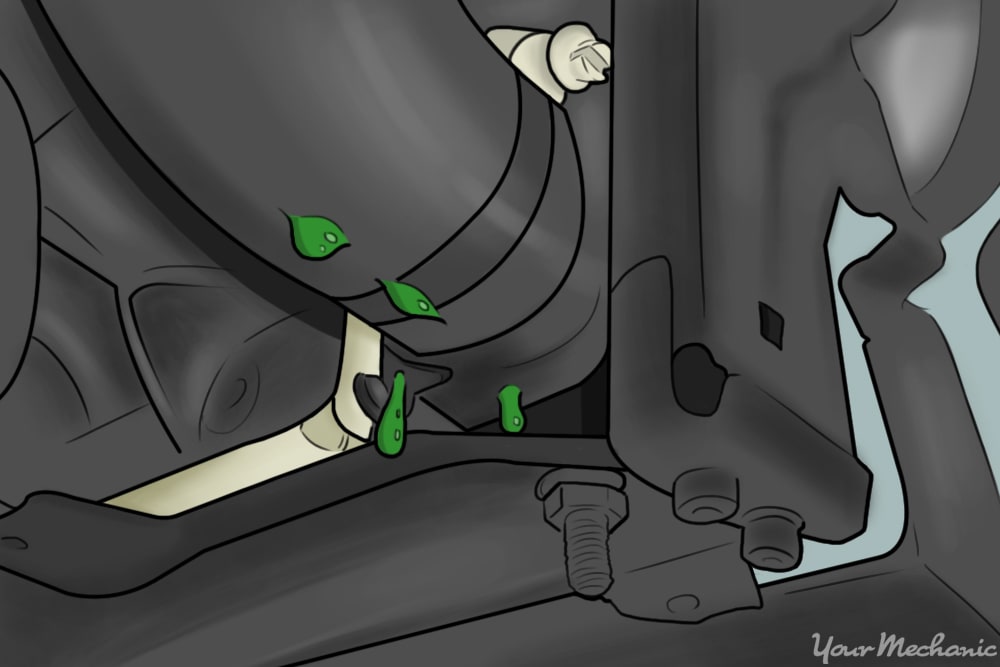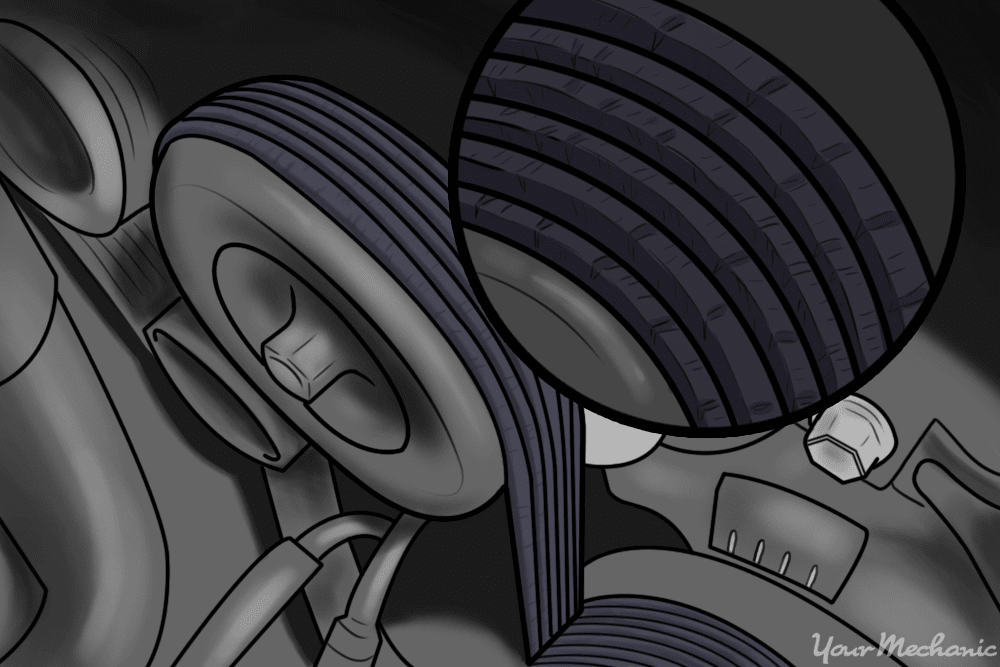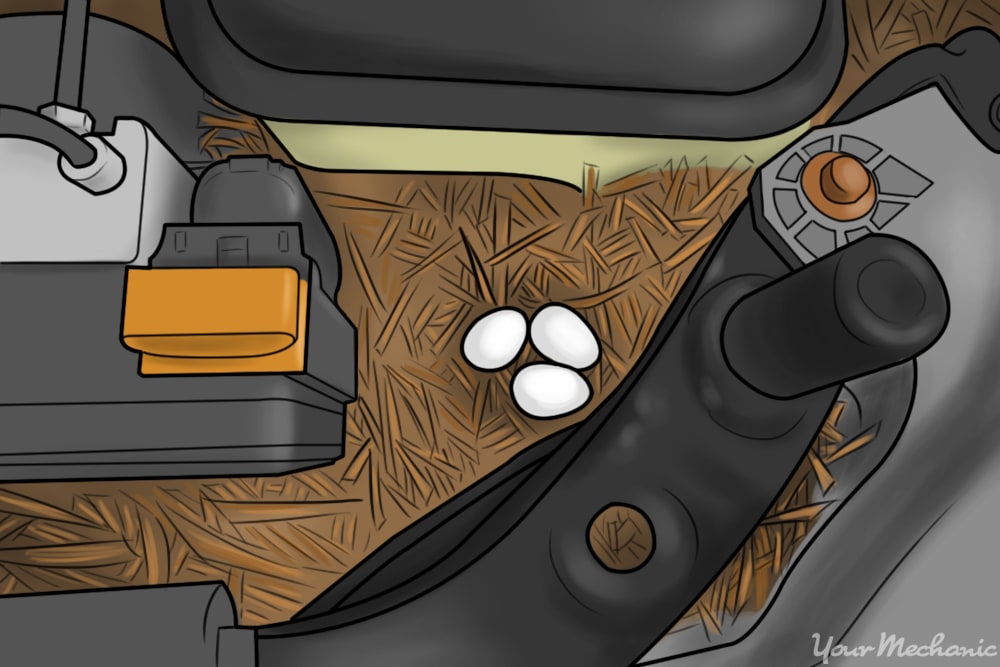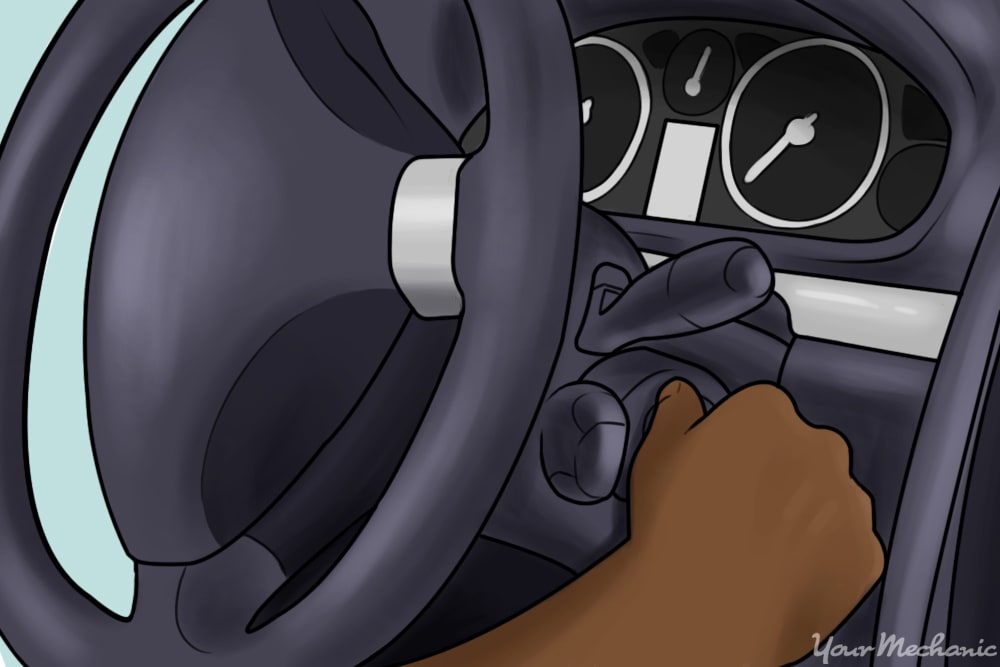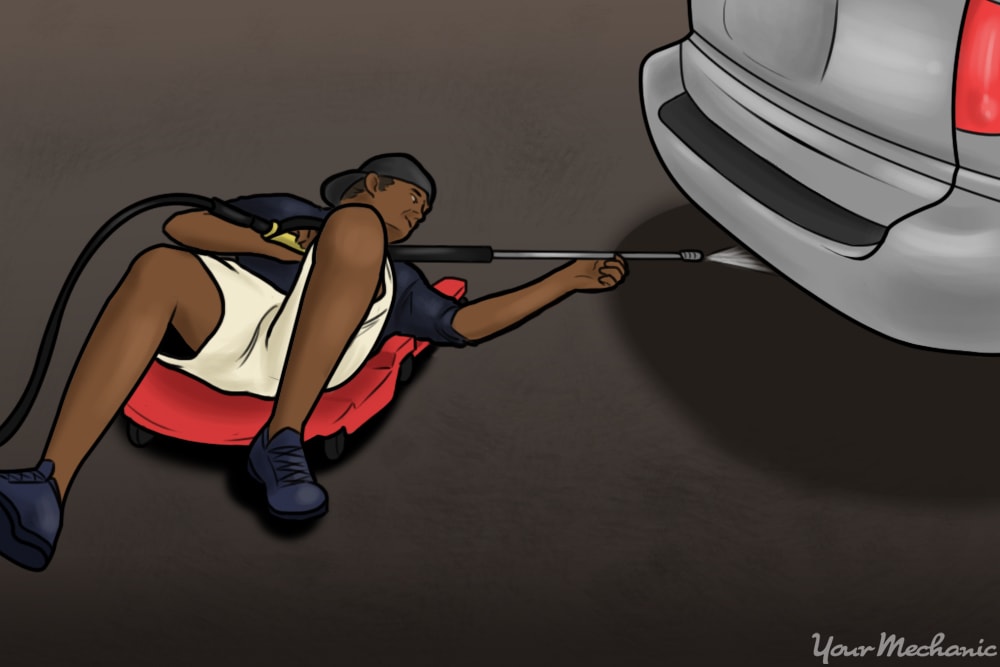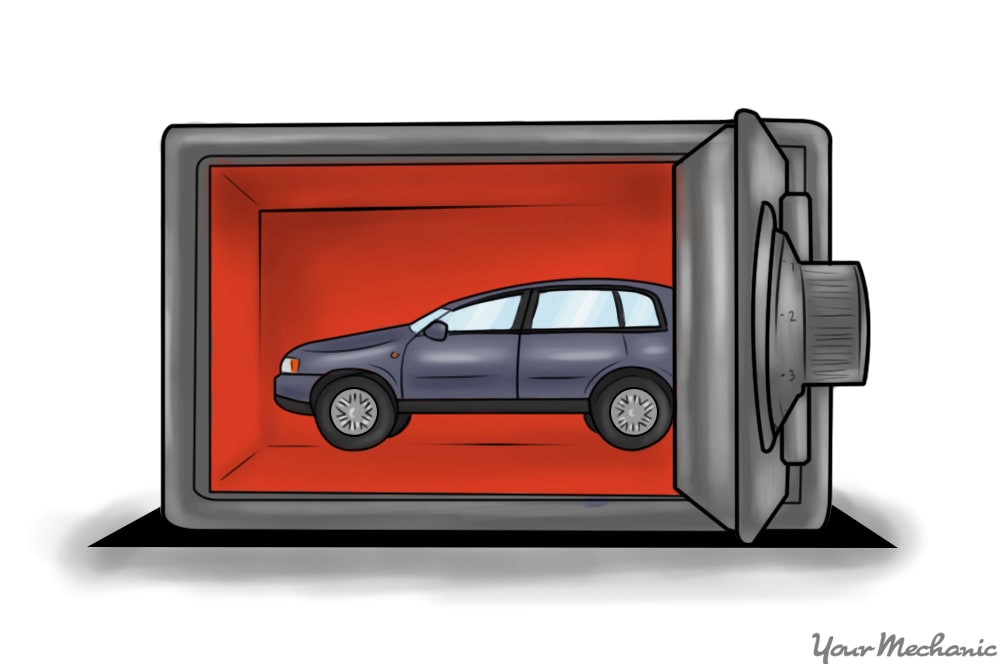

Preparing your car for long-term storage can be an involved endeavor, between draining fluids, disconnecting components, and removing parts. But when it comes time to take your car out of storage and get it ready for life back on the road, it’s more than just a matter of replacing anything that was removed - nor is it quite as simple as turning the key and driving as usual. Below, we’ve provided a handy checklist of what to do before taking your car back out on the open road.
Part 1 of 2: What to check before driving
Step 1: Air out your car. Even in a well-ventilated storage unit, the air in your cabin can still be musty and unhealthy.
Roll down your windows and let the fresh air flow.
Step 2: Check your tire pressure. Even if your tires aren’t visibly low, it’s best to check the pressure while the air in the tires is still cold.
Adjust the pressure as necessary to your tire’s factory requirements.
Step 3: Check and test your battery. Remove the trickle charger, if you used one during storage, and test the battery for proper charge.
Visually inspect your battery and the connections for any sign of corrosion and verify that the connections are still firm.
If the battery cannot hold a full charge, replace it. Otherwise, you run the risk of damaging your alternator.
Step 4: Replace fluids. Refill all of your car’s necessary fluids - oil, fuel, transmission fluid, power-steering fluid, windshield cleaner, water, brake fluid, and coolant or antifreeze - to the appropriate levels.
Once each component is refilled, check for any signs of fluid leakage, as hoses can sometimes dry out and crack after long periods of disuse.
Step 5: Visually inspect under the hood. Look for anything damaged or foreign to the engine area.
Hoses and belts can become dried, cracked, or otherwise damaged when not in use for long periods, and any damaged component should be replaced before the car is driven.
Regardless of how secure your storage area is, check for any signs of small animals or nests that could’ve infiltrated under the hood.
Step 6: Replace necessary parts. Windshield wipers and air filters should be replaced - dust can accumulate in air filters, while windshield wipers dry and crack from lack of use.
Any other part that seems to be cracked or failing should also be replaced as soon as possible.
Part 2 of 2: What to check during driving
Step 1: Start your engine. Let your car run for at least 20 minutes to allow it to warm up.
If you’re having a difficult time getting the engine to start, or if it won’t start at all, you may be experiencing a faulty component. In this case, have an expert mechanic - such as one from YourMechanic - diagnose your car’s inability to start and recommend the best path to repair.
Step 2: Check for warning signs. If the engine doesn’t sound normal after it warms up, or if any indicator or warning lights appear on the dash, have it checked out as soon as possible.
YourMechanic has inspections designed to diagnose abnormal noises from an engine, as well as the cause of the Check Engine Light coming on.
Step 3: Test the brakes. It’s normal for the brakes to be stiff or even to have accumulated rust from lack of use, so check the brake pedal to ensure that it feels normal.
Let the car roll a few feet to test the brakes, using the emergency brake if necessary. Rust on the brake rotors is common and may cause some noise, but this will eventually wear away.
Step 4: Take the car out on the road. Drive slowly for a few miles just to let the car readjust and to redistribute fluids properly.
Strange noises made within the first few miles are normal and should disappear after a few minutes, but have the car checked out if they don’t.
Step 5: Give the car a good wash. Life in storage probably means a layer of dirt and dust has accumulated on the body.
Don’t forget to thoroughly clean the undercarriage, the tires, and any other nooks and crannies.
And you’re all set! Removing a car from long-term storage can seem daunting, and it’s easy to think that any unusual noise or response is cause for concern. But as long as you’ve taken care to replace whatever’s necessary and introduce your car back to the road slowly, your car should be back to normal in no time. Of course if you’re concerned or unsure, it’s best to err on the side of caution and have a mechanic look over everything just in case. Barring any significant issues, if you remember to follow these few simple guidelines, your car will be ready to run in no time.


